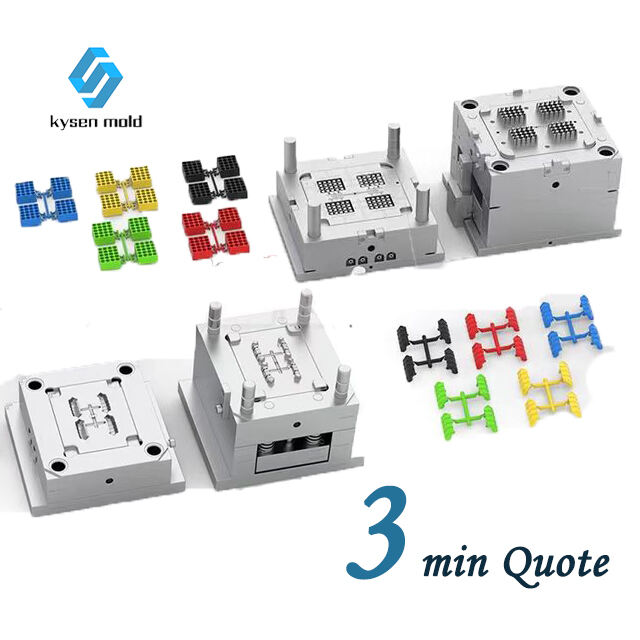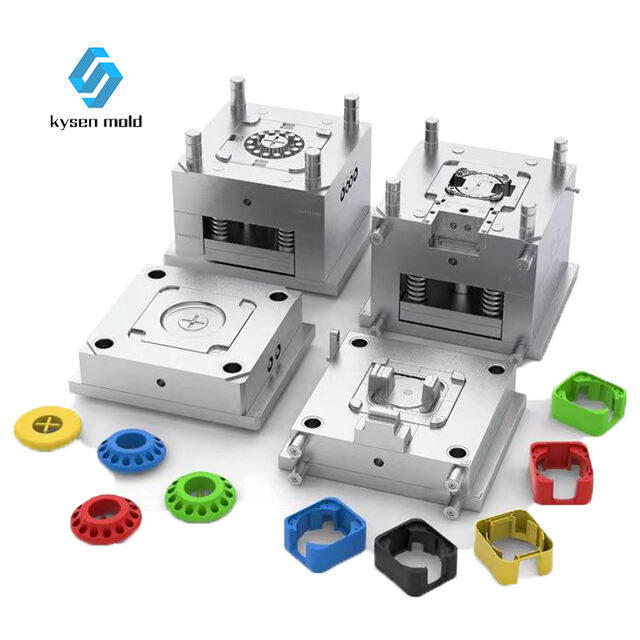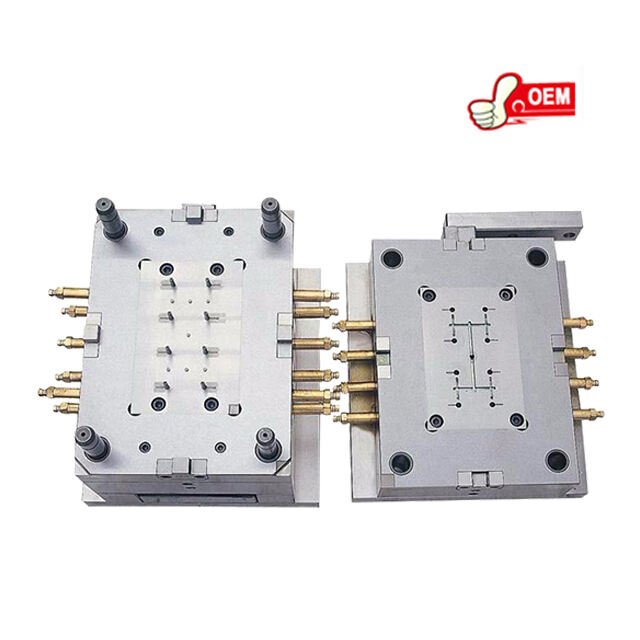Cost-Efficiency in High Volume Production
Injection molds are particularly beneficial for high-volume production, where the cost per unit can be significantly reduced. As the mold is the most significant initial investment, once it is produced, the actual cost of manufacturing each part drops considerably with each unit produced. This economy of scale makes injection molding an affordable option for producing large quantities of parts. Additionally, since the parts require minimal finishing after molding, there are further savings on labor and materials. For beginners, this cost-efficiency can make the difference between a profitable venture and a costly one, providing a competitive edge in the market.


